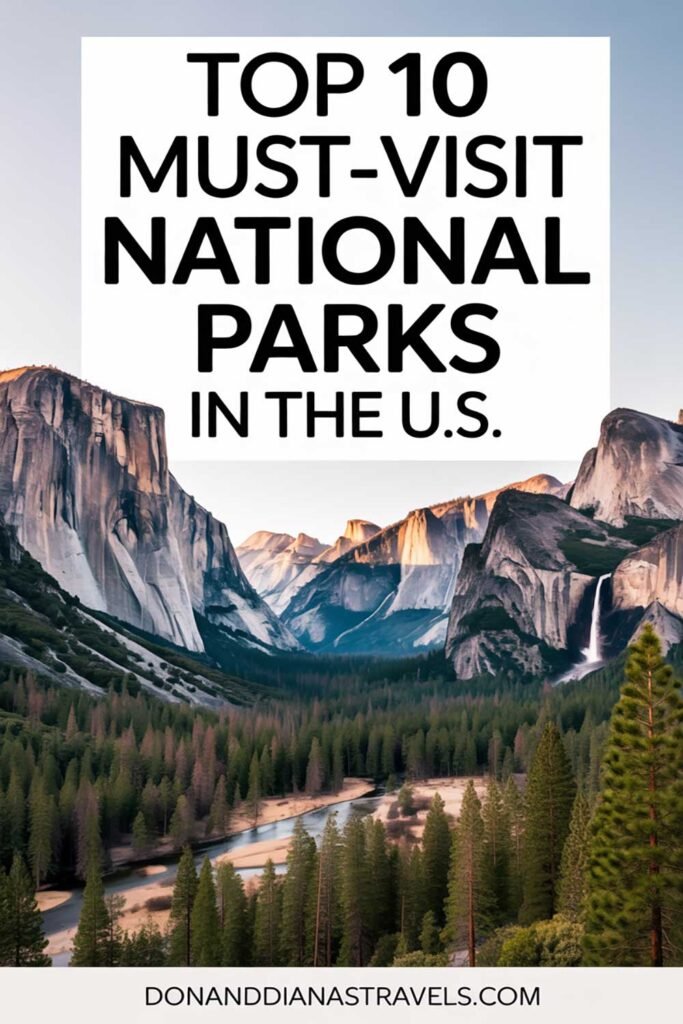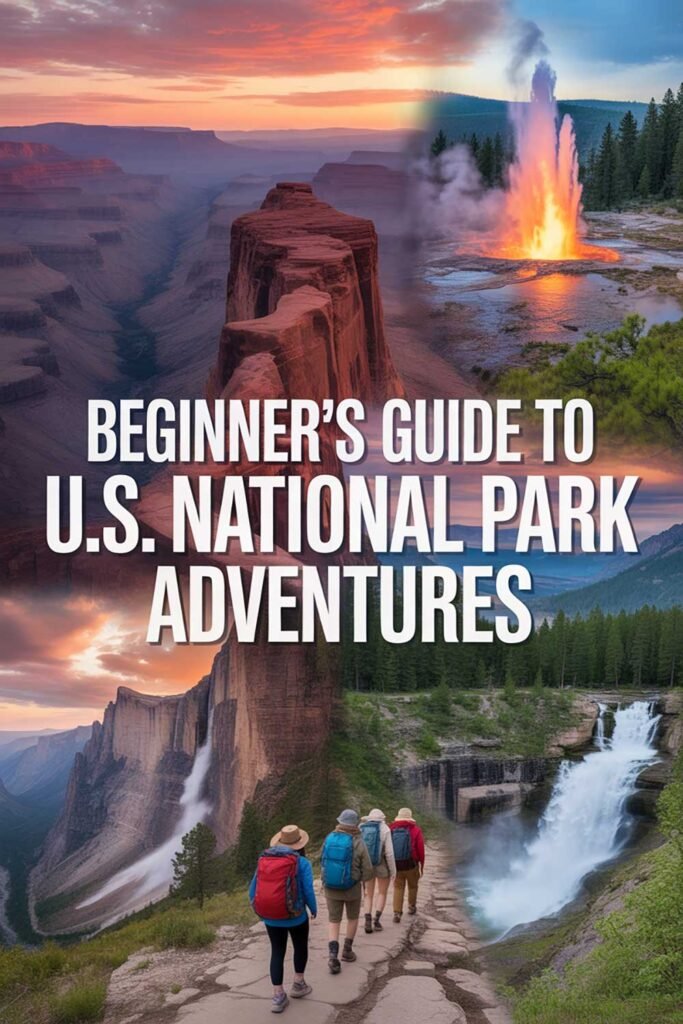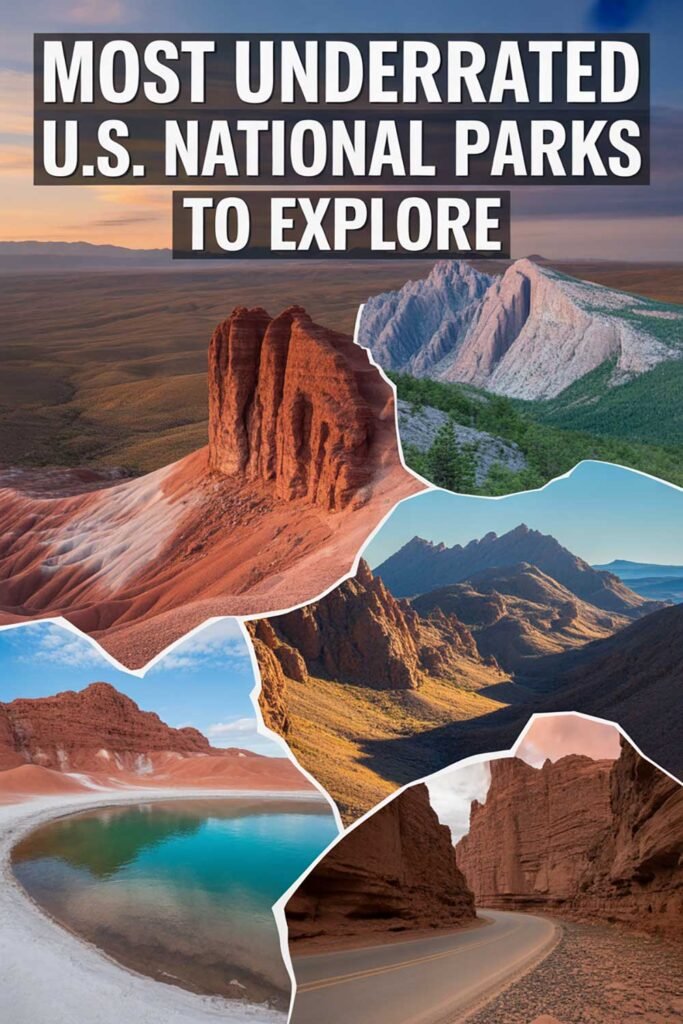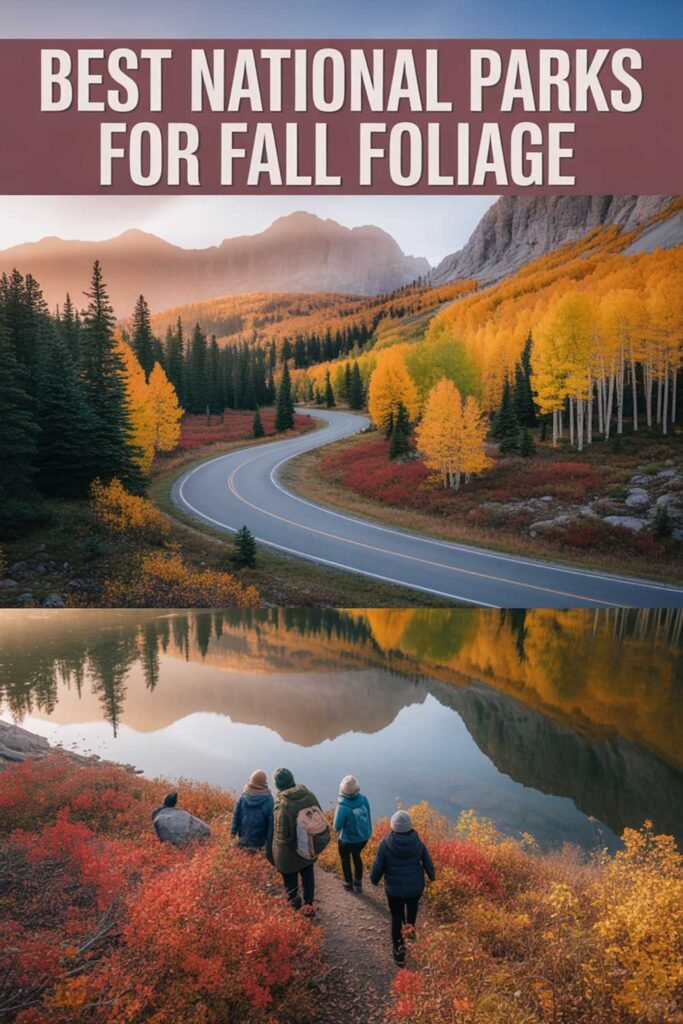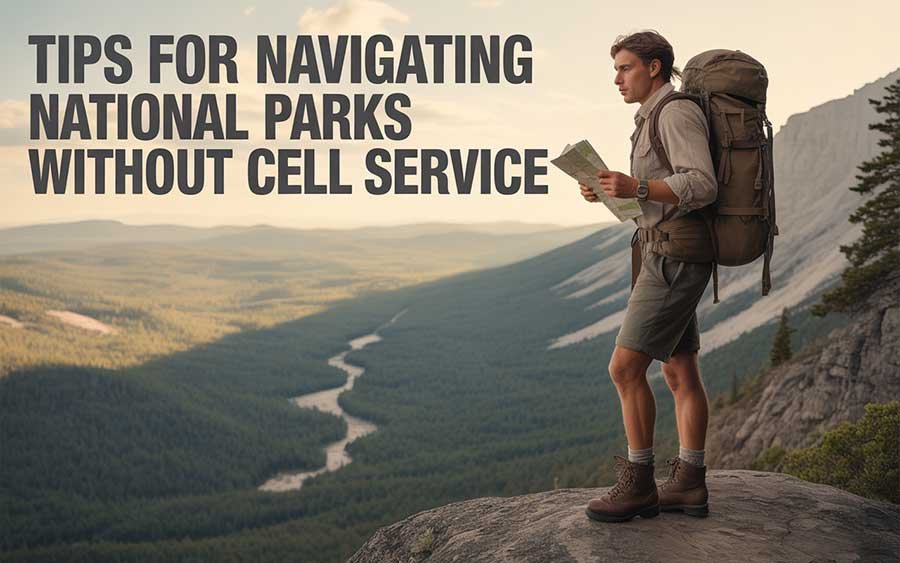
Tips for Navigating National Parks Without Cell Service
Exploring national parks offers a chance to reconnect with nature, disconnect from the noise of everyday life, and immerse yourself in breathtaking landscapes. But for many travelers, one reality quickly sets in: cell service is often unreliable—or nonexistent—inside national parks.
Whether you’re hiking remote trails, camping deep in the wilderness, or driving scenic routes through mountains, you can’t always rely on your smartphone for directions, communication, or safety. That’s why being prepared is essential. This guide will give you the best tips for navigating national parks without cell service, ensuring you feel confident, safe, and ready to enjoy every moment of your adventure.
Why You Can’t Rely on Cell Service in National Parks
Most U.S. national parks are located in rugged, remote areas far from cell towers. Tall mountains, thick forests, and canyons make it nearly impossible for signals to reach your device. Even in parks that offer some coverage, it’s often limited to visitor centers or main roads. Once you step onto the trails, you’re usually on your own.
Instead of stressing over dead zones, the key is to plan ahead with tools and strategies that don’t depend on connectivity.
Download Offline Maps Before You Go
One of the most important steps you can take is downloading maps before you enter the park:
- Google Maps Offline: Download the area so you can still navigate without service.
- AllTrails: Upgrade to AllTrails+ to download trail maps for offline use.
- Gaia GPS or Maps.me: Popular among hikers and backpackers for detailed offline navigation.
By saving maps in advance, you’ll still be able to track your location with GPS even without cell service.
Carry a Paper Map and Compass
While digital maps are convenient, they aren’t foolproof. Devices can run out of battery, malfunction, or break if dropped. A paper map and compass provide a reliable backup:
- Stop by the visitor center for a free park map.
- Learn basic compass skills before your trip.
- Mark your intended routes, trailheads, and campsites in advance.
Even if your phone dies, you’ll still know where you are and where you’re headed.
Use GPS Devices Designed for the Outdoors
Handheld GPS devices like the Garmin GPSMAP or Garmin inReach are excellent tools for outdoor navigation. Many models allow you to:
- Track your location without cell service.
- Access preloaded topographic maps.
- Send emergency SOS signals to rescuers.
- Communicate via satellite text messages.
These devices can be a lifesaver for long hikes, backcountry camping, or solo trips.
Download and Print Trail Guides
Don’t rely on memory alone. Many national park websites and outdoor forums offer downloadable trail guides. Printing them out—or saving them as PDFs to your phone—can help you:
- Track mileage and elevation gain.
- Recognize key landmarks.
- Identify alternative routes in case of closures.
Having step-by-step directions makes it much harder to get lost.
Plan Your Routes in Advance
Before setting foot on the trail, make a detailed plan:
- Decide which trails or roads you’ll take.
- Estimate how long each hike will take.
- Share your itinerary with a trusted friend or family member.
- Note designated rest stops, campsites, and emergency locations.
If something happens and you can’t be reached, others will know where to look for you.
Pack for Safety and Navigation
Being prepared with the right gear ensures that you won’t panic when cell service disappears. Essential items include:
- Extra batteries or power banks for your devices.
- Headlamp or flashlight for visibility after dark.
- Whistle and signaling mirror in case you need help.
- First-aid kit for unexpected injuries.
- Plenty of water and snacks to stay fueled.
This way, even if your tech fails, you’ll be self-sufficient.
Rely on Landmarks and Trail Signs
Parks often have clear markers, trailhead signs, and designated routes to keep hikers on track. Make a habit of:
- Looking back often—so the return trip looks familiar.
- Paying attention to natural landmarks like rivers, rock formations, or unique trees.
- Taking photos at intersections or turns to use as visual cues.
Combining observation with navigation tools strengthens your sense of direction.
Travel with Others When Possible
Solo travel is rewarding, but if you’re nervous about losing service, hike with a friend or group. Not only is it safer in case of an emergency, but multiple people can help keep track of directions and landmarks.
If you do hike solo, stick to popular trails where other hikers are likely to pass by if you need help.
Know Emergency Protocols
Without service, calling 911 isn’t always an option. Instead:
- Learn the location of the nearest ranger station.
- Carry a satellite communicator if going remote.
- Follow the “Rule of Three” in distress signals: three whistle blows, three fires, or three flashes of light.
Knowing what to do in an emergency ensures you won’t feel helpless if the unexpected happens.
Inspirational Quotes About Adventure and Preparedness
- “The wilderness holds answers to questions we have not yet learned to ask.” – Nancy Newhall
- “Adventure is worthwhile in itself.” – Amelia Earhart
- “Not all those who wander are lost.” – J.R.R. Tolkien
- “Preparation is the key to success.” – Alexander Graham Bell
- “In every walk with nature, one receives far more than he seeks.” – John Muir
- “The best way out is always through.” – Robert Frost
- “An ounce of prevention is worth a pound of cure.” – Benjamin Franklin
- “The journey of a thousand miles begins with a single step.” – Lao Tzu
- “To walk in nature is to witness a thousand miracles.” – Mary Davis
- “By failing to prepare, you are preparing to fail.” – Benjamin Franklin
Picture This
You’re standing on a ridge at sunrise, the golden light spilling across a valley of trees. There’s no cell signal—no notifications, no buzzing alerts, no distractions. Instead, it’s just you, the trail, and the awe-inspiring silence of nature. You feel fully present, confident in your preparations, and safe because you know exactly where you are. Every step feels intentional, every view unforgettable.
Can you picture yourself experiencing the freedom of exploring without worrying about a lost signal?
Please Share This Article
If you found this guide helpful, please share it with friends, family, or anyone who loves exploring the great outdoors. It could be the advice that keeps them safe on their next adventure.
Disclaimer
Results may vary. Always research park conditions, bring proper navigation tools, and consult park rangers or outdoor professionals before traveling. This article is for informational purposes only, and we disclaim responsibility for any outcomes.
